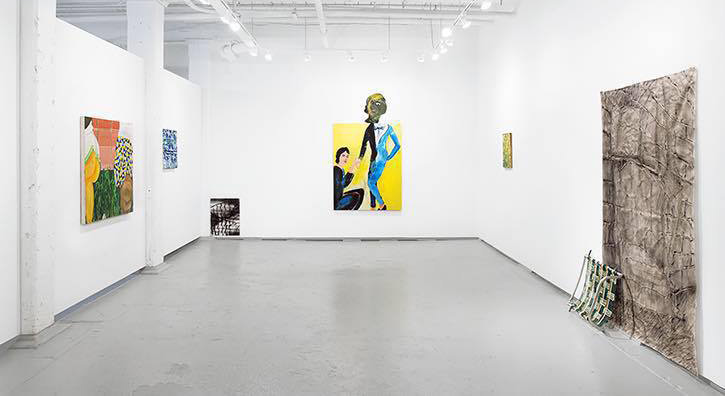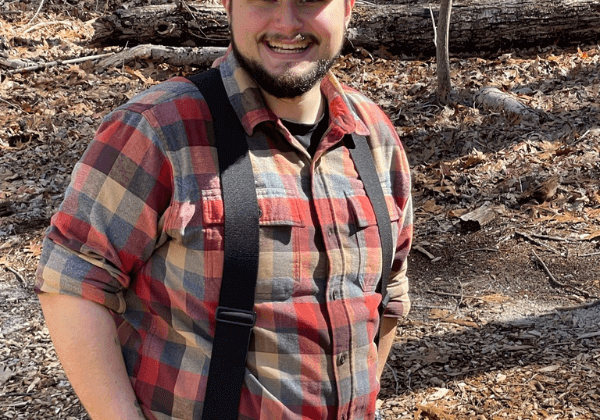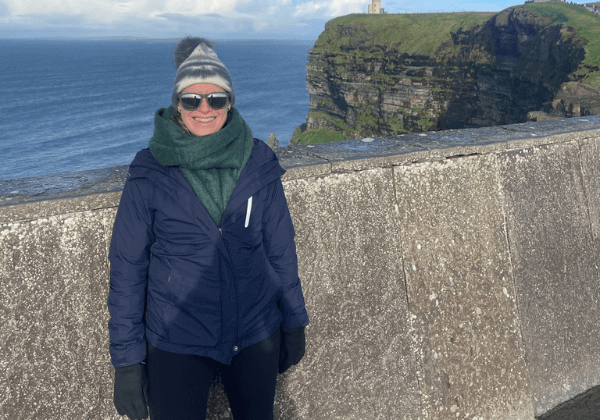Artist Statements

When I think about an artist statement, frankly I cringe. Memories of failed attempts in undergrad and graduate school make me think of all the time I thought I could adequately put my work into fluid and knowable terms. I now feel confident in how to write and speak about my work – but this is after consistent practice, being open to feedback and generally being a reflective and observant person.
For years, I have kept three versions of my statement of my work going. I do this because some are shorter and longer – and some more specific to certain bodies of work. Keeping these three in rotation has helped me hone in and focus my ideas and my vision for the work in the future. Strangely writing about the work I have completed year after year really helps me look clearly towards the future. Additionally It helps me speak about the work in lectures and sharpens my eye in student critiques.
People often have a fairly easy time telling me and others what they are interested in but making a visual image that gets to that point or eludes to It is much more difficult.
1. While I can’t tell any one artist how exactly to write their own Artist Statement – I can offer some advice:Write a short one that is no more than four sentences – this should give the reader an over arching idea of what your pursuits are. This does not need to even necessarily name the materials or the subjects in your work. It should describe the work and the ideas at large.
2. Write a longer artists statement – this should be maybe two short paragraphs delving into your process and your content. The reader should have a strong idea by the end what perhaps your work may physically look like but also what big ideas or philosophies you are curious about investigating.
3. Have someone else write about your work! It is often the case that we can’t see what is right in front of us. Generally speaking, that is why critics exist. Their non-subjective experience offers them the best door way into unpacking your work – so, to get a clear idea of how your work actually operates in the world – ask a friend to write about it, describe it and then think about how you are trying to write about your work.
4. Read other statements of artists you admire! Different approaches are important to learning and perspective. In the end of course, be yourself and never try to copy a statement’s direction.
5. Be brave enough to write in your own language – don’t use words you wouldn’t speak in. No one wants to read ‘art speak’. People want to relate and connect – being authentic is so important. Your statement can be a poem – a short story and or more conventional.
6. Essentially, describing your work and your pursuits in a creative way is your own challenge – I prefer to read statements that are unique and don’t begin with “my work is about humanity etc’. Everyone’s work is about something so large if you break it down – begin with a personal or even comedic entry point to grab the readers attention.
There is no one formula – but practice is key. Statements can be really important for applications and for Press – don’t feel pressured to be too academic or too long winded. In the end, your art work always matters the most.
Link to my statement:
http://www.catherinehaggarty.com/index.php?/writing/



